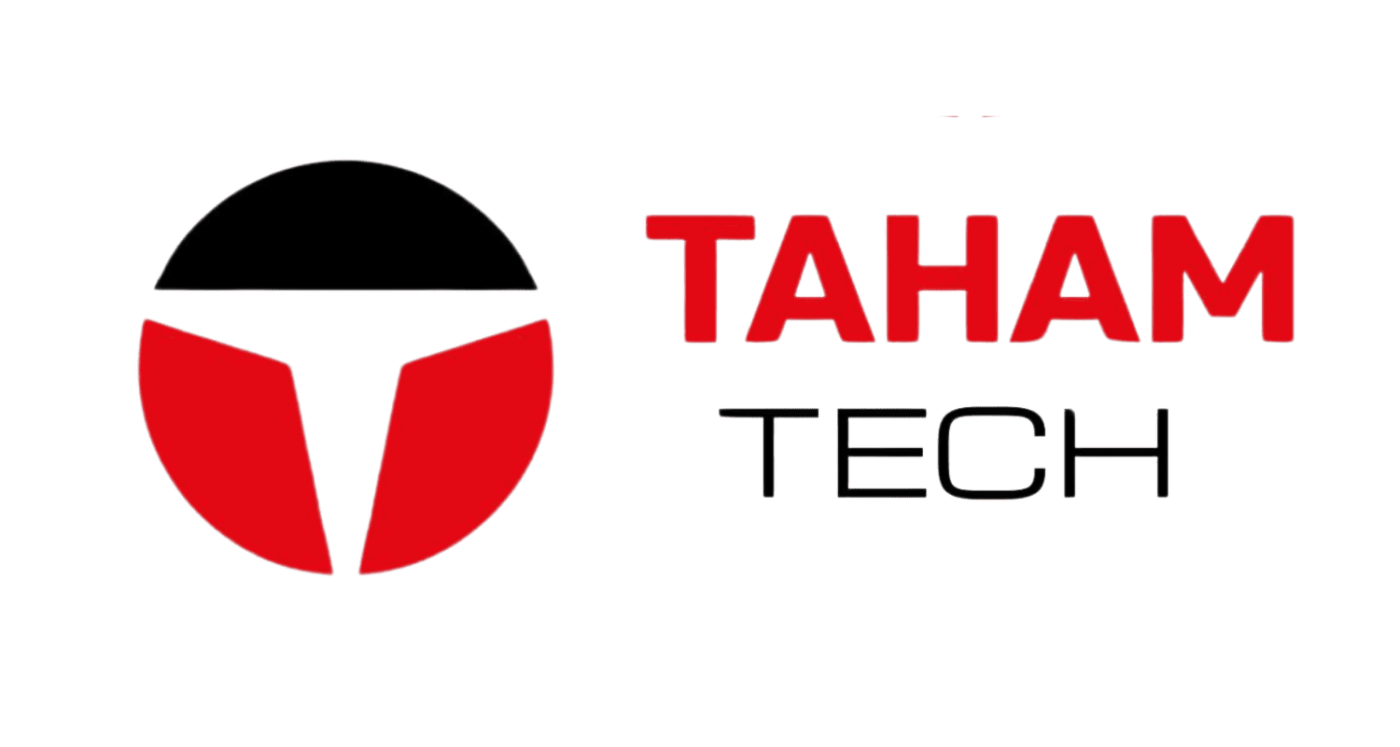Bookkeeping
Budget performance analysis: How to Measure and Improve Your Budget Performance

This can help to ensure the relevance, responsiveness, and adaptability of the action plans. It can also help to identify and address Restaurant Cash Flow Management the challenges, risks, or opportunities that may arise during the implementation of the action plans. Performance budgeting, for example, focuses on a company’s results rather than its expenditures. It is commonly used by private and public organizations, leading to optimum utilization of resources. This type of budget helps define the purpose for which funds are required. This type of budgeting makes it more difficult for data manipulation or fraud by the people in charge since it tracks all the activities.
![]()
Performance-Based Budgeting versus Traditional Budgeting
- The targets and thresholds are then transferred from the planning system to the organizational activities’ evaluation engine that involuntarily notifies the management of any setback.
- Whether you are starting your first company or you are a dedicated entrepreneur diving into a new venture, Bizfluent is here to equip you with the tactics, tools and information to establish and run your ventures.
- Technology can help you simplify and improve your expense management by reducing manual work, errors, and fraud.
- This web site provides information and insights, including examples, about Performance Based Budgeting/Management in government.
- This means that the criteria for evaluating the effectiveness of this budget are solely going to rely on the fact that these criteria have been by the company at the year-end.
- A performance budget is vital for the organization to assess the performance of the persons handling the processes and remove the deviations they face while performing their tasks.
- Analysis of traditional budgets is considered simple and lacks sophistication in terms of flexibility.
The performance budget, given balance sheet its program structure, changes the focus of conversation from detailed line items to broader objectives and performance of public programs, and allows more conversant budgetary decision-making. Performance budgeting is more than introducing performance information into the budget process. Performance-based budgeting aims to improve the decision-making process, increase accountability and transparency, and improve resource allocation.

The Role of Technology in Performance Budgeting
Performance budgeting has gained significant popularity in recent years due to its ability to align financial resources with strategic priorities. It allows for a more holistic view of budgeting, considering both the financial implications and the expected outcomes of expenditures. By focusing on the results organizations aim to achieve, performance budgeting encourages thoughtful resource allocation that can drive progress and growth. Performance budgeting is a system that uses performance information for the allocation, spending, and management of a government’s financial resources. Governments adopt performance-based budgeting to improve spending prioritization and to increase the efficiency and effectiveness of public expenditure.
Help improve MDN

It can be seen that it has now become necessary for a business to work on their actual performance so that they can survive in the existing economic landscape. The main purpose of drawing up Performance Budgets is to meet the targets. This is important for companies, especially when businesses tend to face stiff competition from external forces, in terms of increasingly complex marketing dynamics. This means that the criteria for evaluating the effectiveness performance budget of this budget are solely going to rely on the fact that these criteria have been by the company at the year-end.

- The performance budget, given its program structure, changes the focus of conversation from detailed line items to broader objectives and performance of public programs, and allows more conversant budgetary decision-making.
- Reviewing and evaluating your performance and results means comparing your actual expenses with your budgeted expenses, and identifying any variances or deviations.
- Poor or incomplete data and information can lead to inaccurate or unrealistic forecasts and budget adjustments.
- Performance budgeting is a budgeting approach that focuses on linking financial resources to the expected outcomes and performance of an organization.
- This necessitated the introduction of an activity-based costing structure.
- To facilitate ongoing monitoring and evaluation, organizations must develop regular reporting and review processes that collect and analyze data on their performance.
- It allows for a more holistic view of budgeting, considering both the financial implications and the expected outcomes of expenditures.
The budget identifies and scores relative performance based on goal attainment for specified outcomes. Performance budgets often rely on quantifying otherwise qualitative or subjective factors so that they can be measured and accounted for. The objective of traditional budgeting expresses that the actual expenditure cannot exceed the budgeted allocations for the same. The upcoming discussion will update you about thr difference between traditional and performance budget. The next guide will walk you through defining your first performance budget in a few simple steps.
- In this section, we will discuss how to assess your income generation against your targets from different perspectives, and provide some tips and examples on how to improve your revenue performance.
- In the broadestsense, the label performance budgeting (PB) is used to describe any arrangement…
- In a performance-based budgeting system, organizations and agencies must demonstrate progress toward achieving their objectives to receive funding.
- In conclusion, performance budgeting offers a strategic and results-oriented approach to financial management.
- The success of PPBS led to its adoption by other federal agencies and departments.
- Implementing performance budgeting requires defining clear performance goals, establishing appropriate indicators and measures, and aligning budgetary allocations with desired outcomes.
- The traditional budgeting methods are basically tools for regulating and controlling expenditure.
